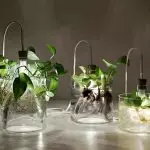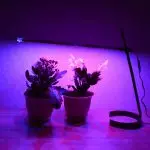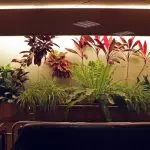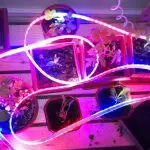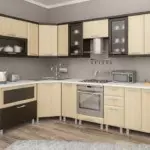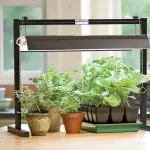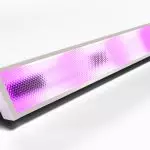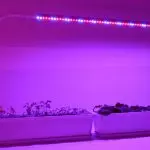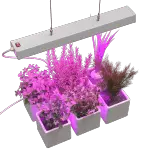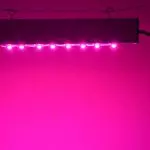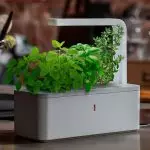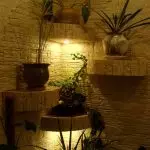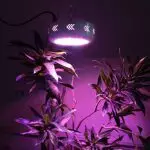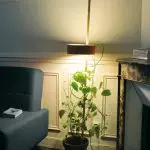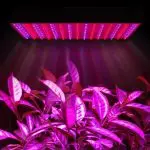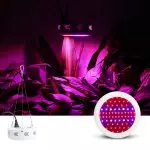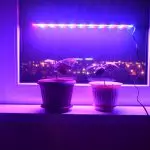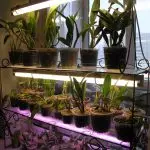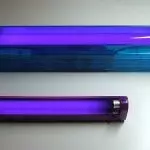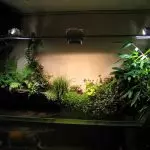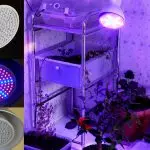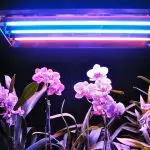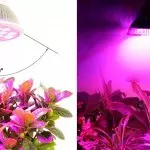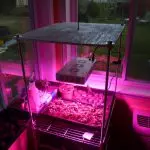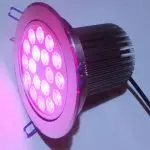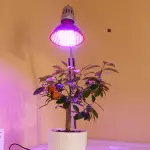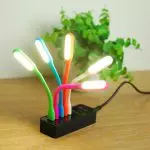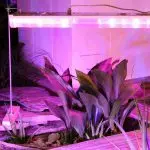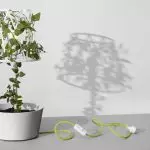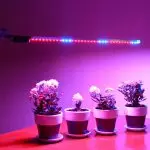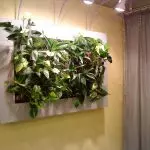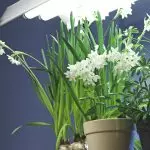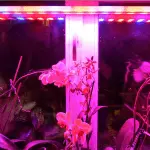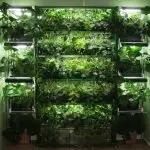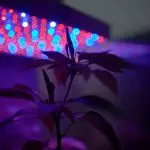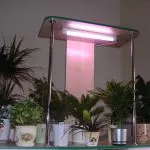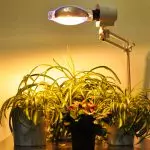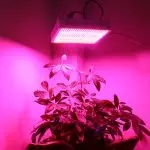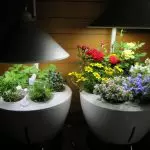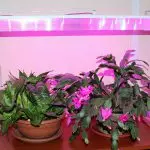People who seriously engage in growing different indoor flowers know that the lighting plays a very important role. In natural conditions, one flower feels perfectly in the shade, and the other cannot normally grow without the impact of direct sunlight. In the apartments, the situation is similar. And in winter, any home flowers need additional lighting. Let's look at what should be the backlight for flowers in the apartment.
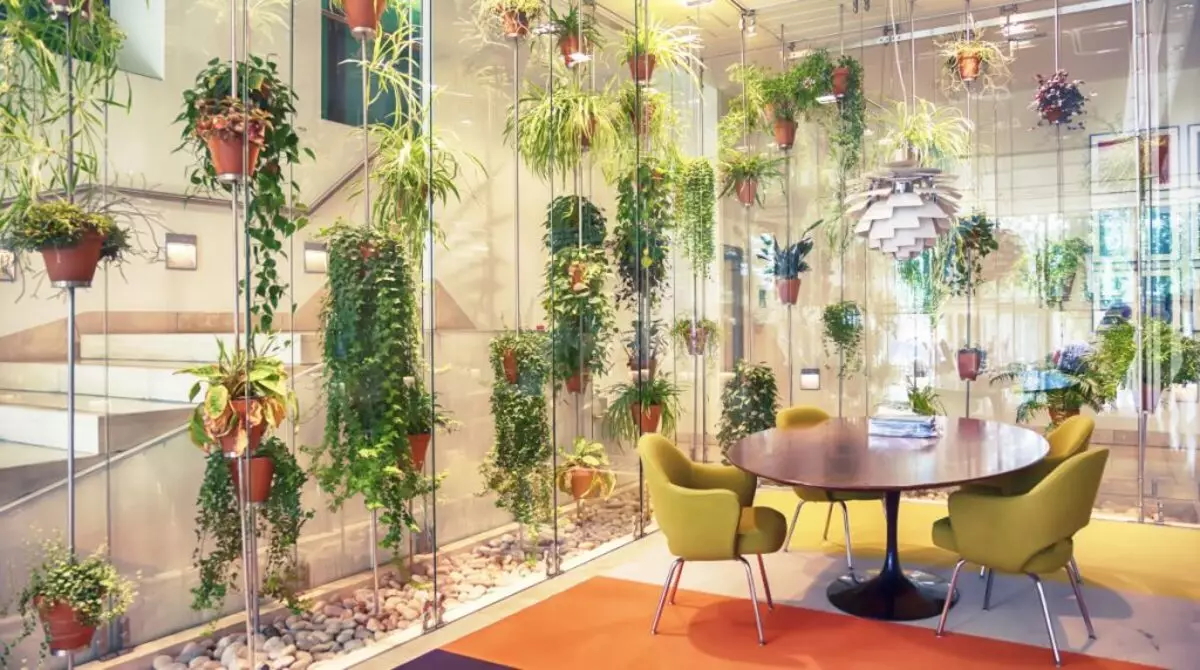
How to choose lighting for indoor flowers
To choose a full-fledged analog of sunlight, you should know that the light has two important characteristics - this is the spectrum and power or intensity of the light flux . It is recommended to correctly choose the lighting on these characteristics, given the stages of the development of specific plants. Especially important lighting for indoor plants, if it is still very young seedlings. The light has a positive effect on the processes of dividing, stretching, as well as the formation of cells in a flower.
If you need to germinate seeds or grow seedlings, the sources of artificial lighting with a blue spectrum are chosen. Only such light is able to provide the process of active photosynthesis, and this is high-quality growth. Red light makes young shoots stronger, the bloom is significantly accelerated. Power in these stages of growth and development can be completely small - to begin with enough 200 W.
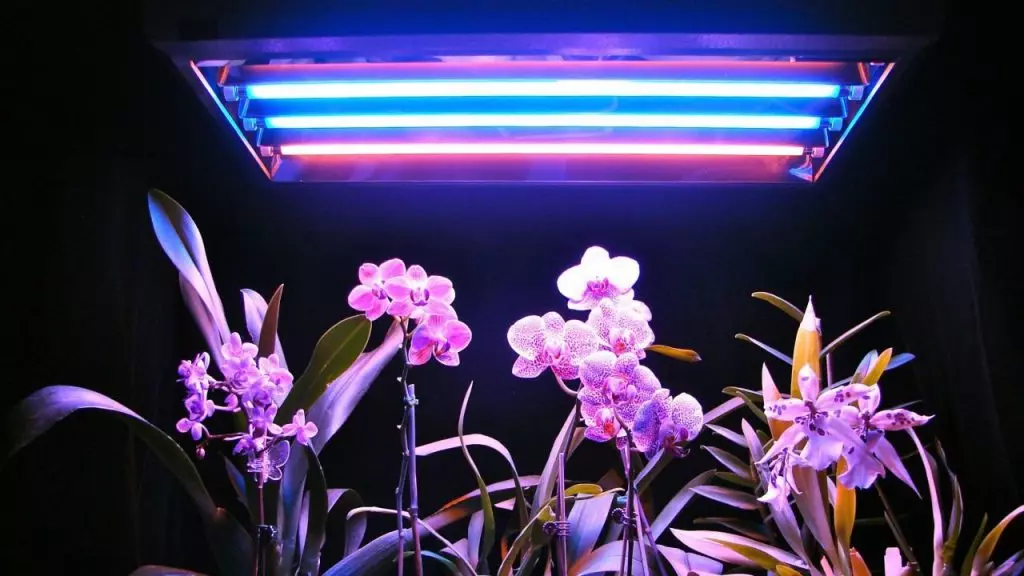
The spectra are not considered separately. Chlorophyll, with the influence of different parts of the spectrum, can absorb the light, turning it into energy. The light source must maximally correspond to the spectrum of natural daylight.
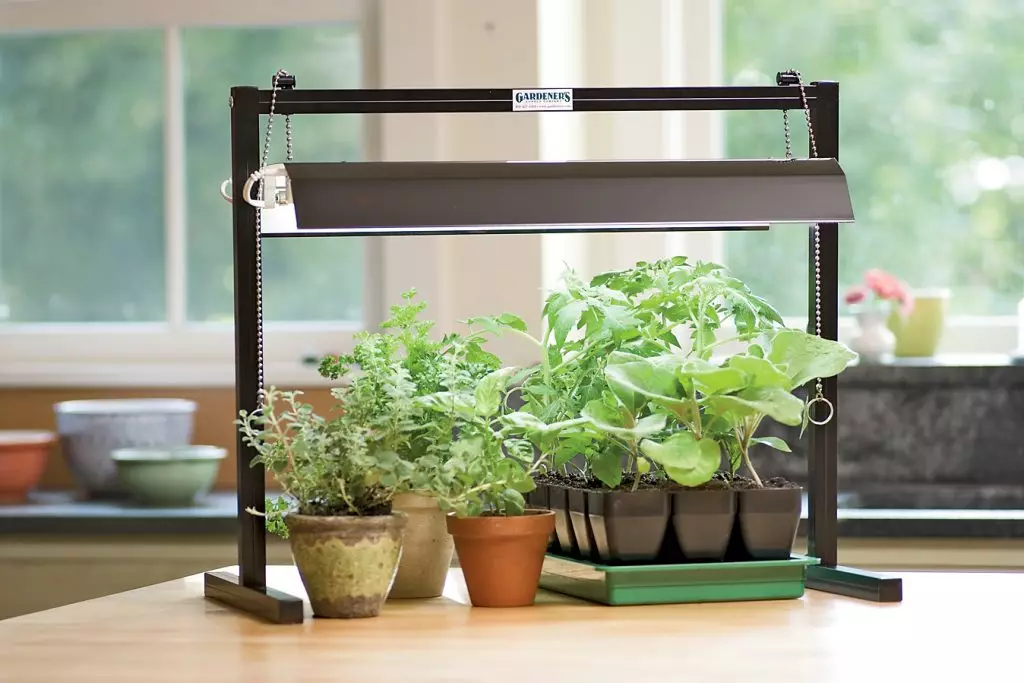
Signs of insufficient lighting
It is possible to determine that the plant is not enough light, on the following features:
- elongated shoots;
- small leaves of pale color;
- Rare flowers or their complete absence in flowering plants;
- Long interstices;
- dried leaves from below, fallen or yellow leaves;
- The leaves of the motley shades are darker and eventually become green.
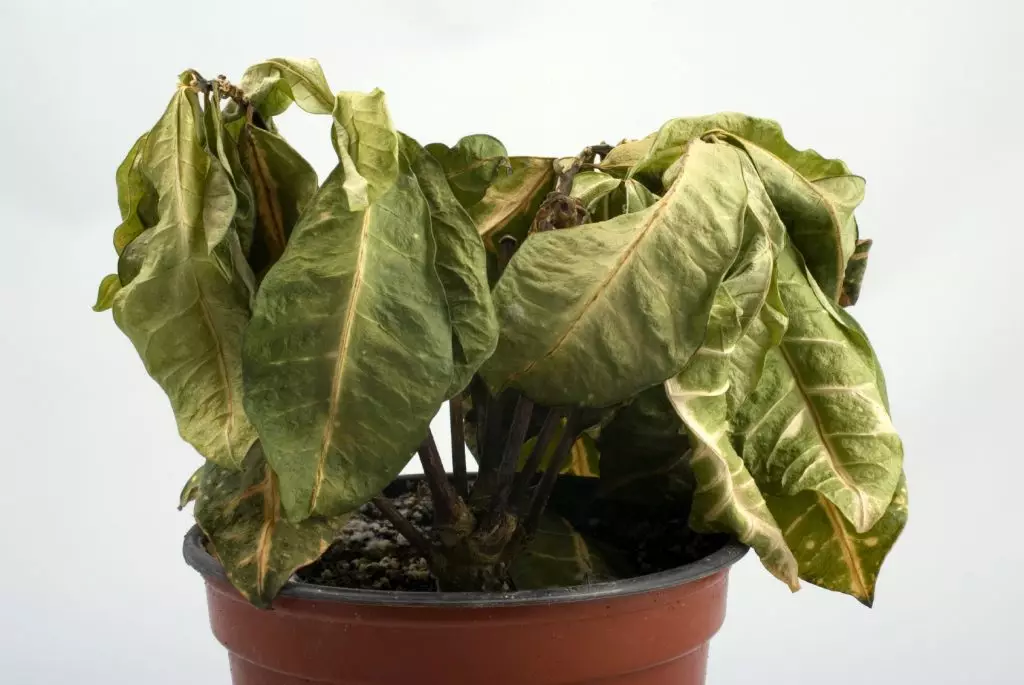
If these signs are observed, then the flower is not enough natural light, and it requires additional backlight. Therefore, highlight your favorite flowers, especially in winter.
You can measure the amount of light that enters the room with a special device - luxometer. It will give very accurate indications, based on which it is possible to correctly pick up the desired level of illumination.
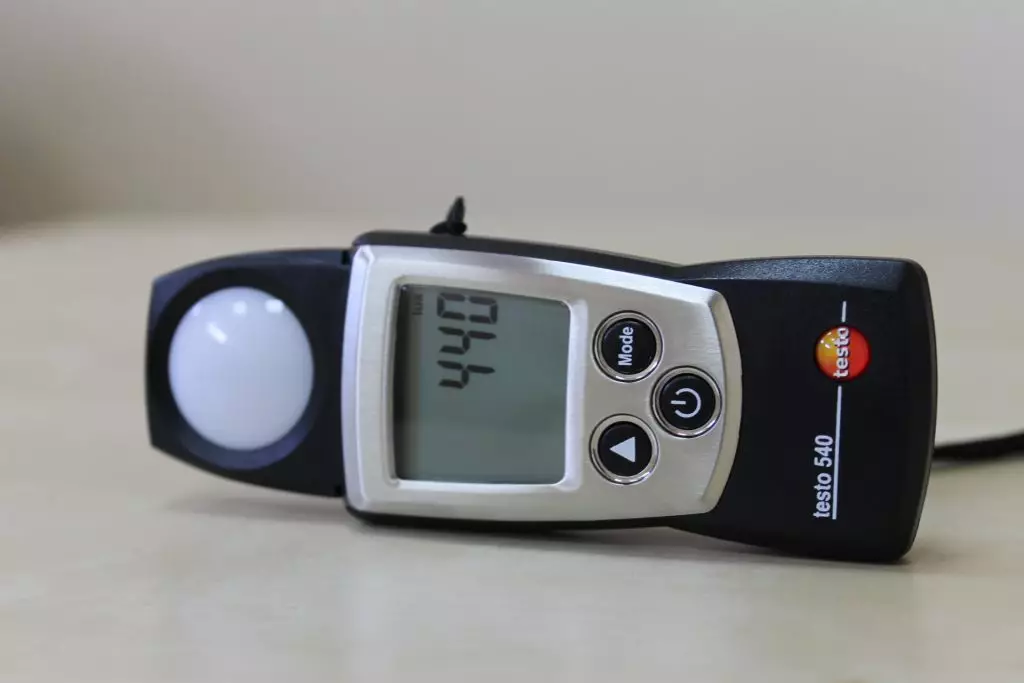
What level of illumination is necessary in color?
When organizing lighting for colors in the apartment there are questions about the intensity and number of additional lighting. It is best to apply a luxometer. But you can use scientifically proven information.
For different home plants, a certain light stream is needed (in suites):
- Teotelubiv - from 700 to 1000 LCs;
- shadowish - from 1000 to 2000 lux;
- Light-loving - from 2500 LCs and higher.
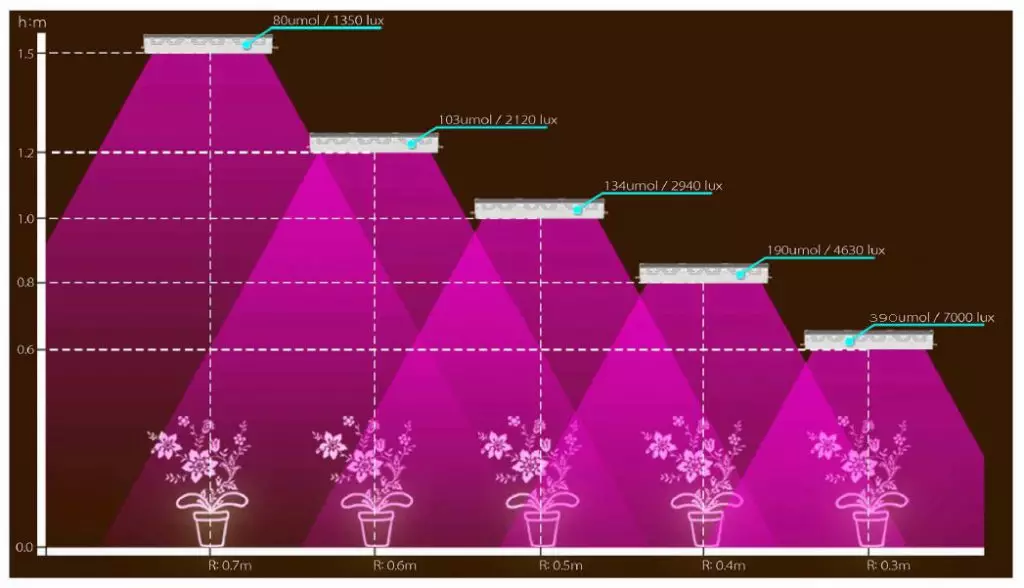
Naturally, these are minimal levels that will be enough to maintain life in winter. If the flower began bloom, the illumination increases up to 9000 ls.
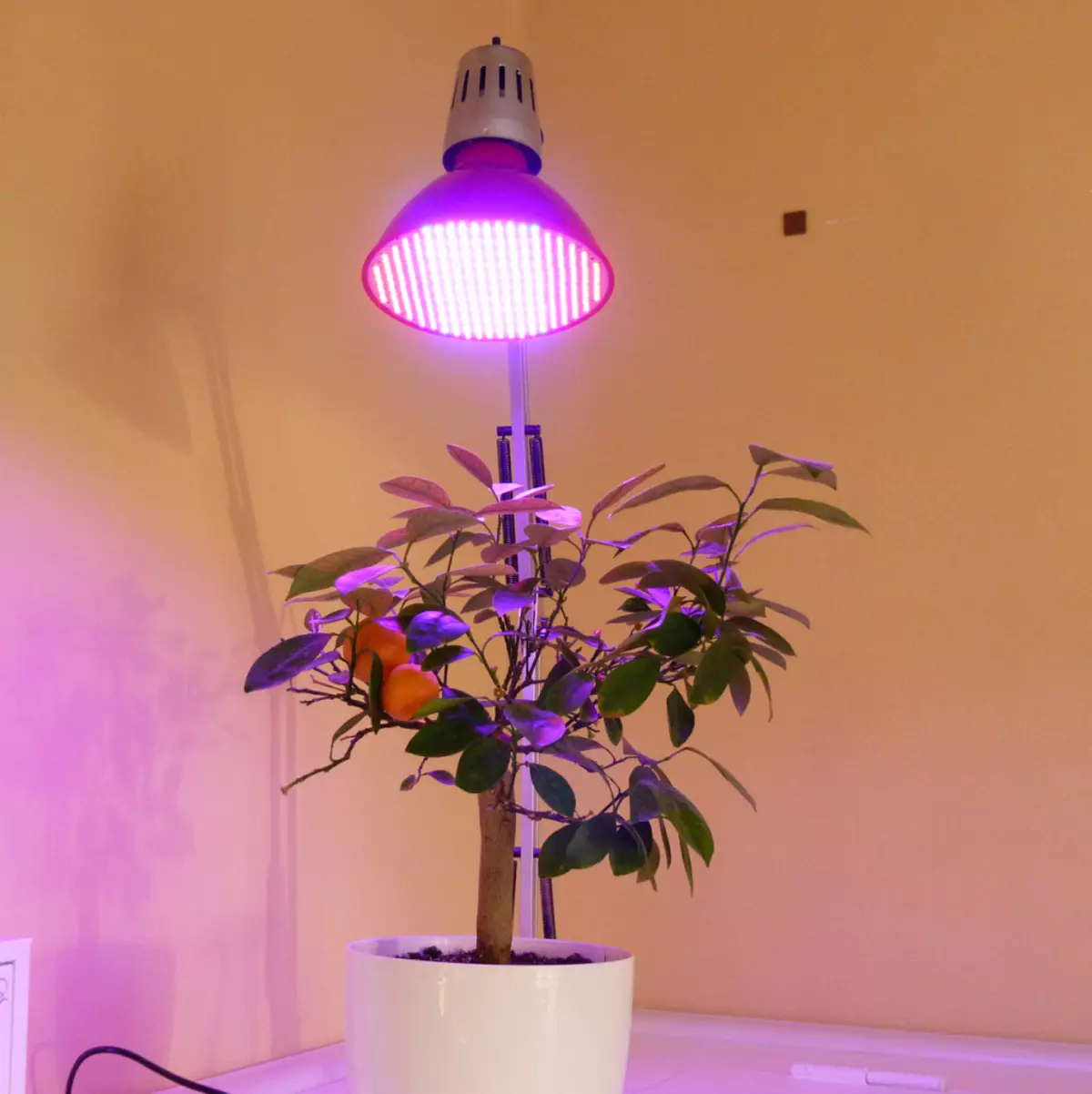
The consequences of the violation of the light regime
If the light is not enough, it can seriously spoil the appearance of the flower. Signs are already described above - these are the very consequences. When they are detected, it is necessary to think seriously about the correct organization of the backlight. In this case, the main thing is not to think that the more light, the better. This is a big misconception, often for this reason, many plants also die.
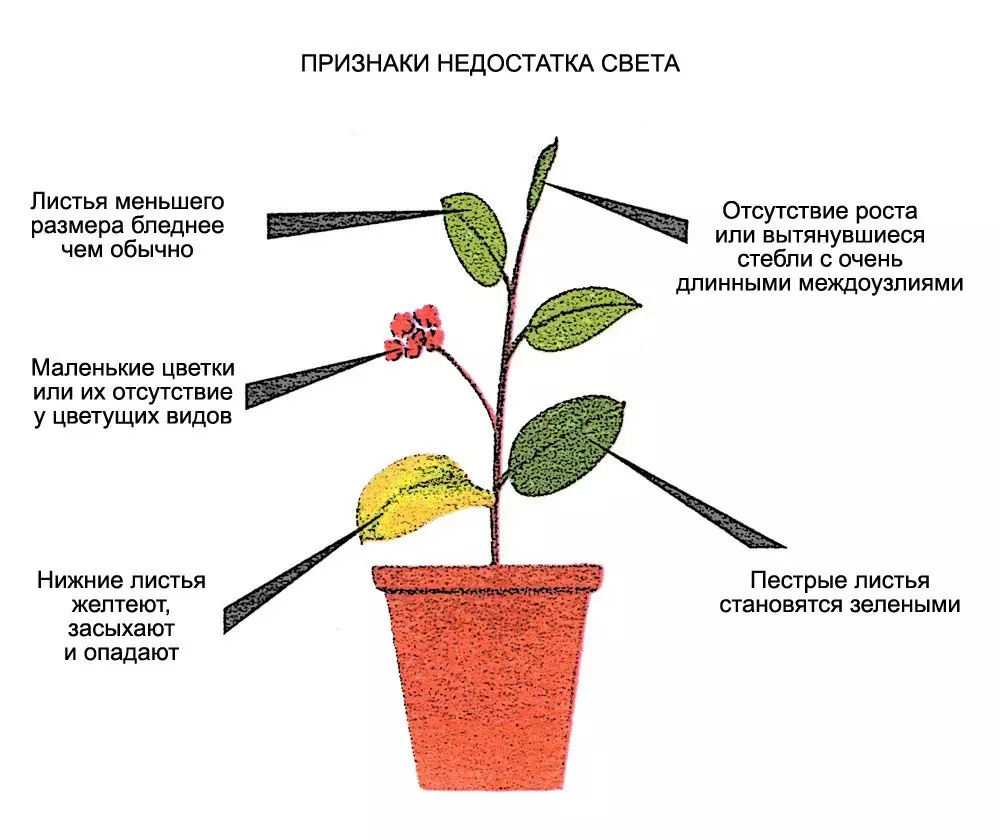
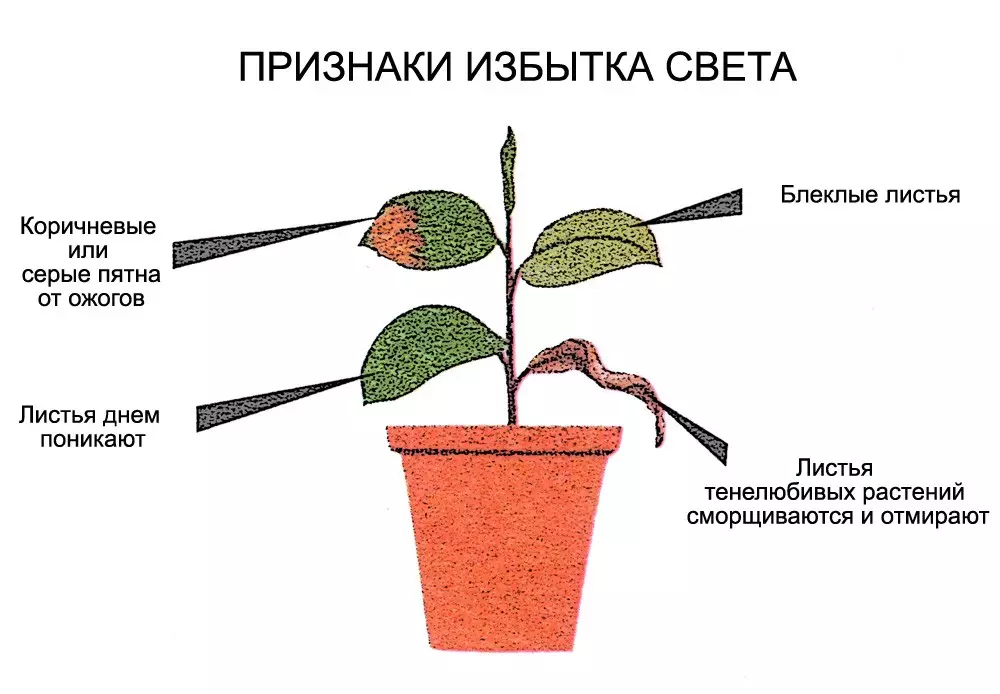
What light is better for growth?
There are a lot of different options for highlighting. But the light is non-uniform, it happens with different spectral composition. The spectral composition is the dependence of the radiation power from the wavelength. The sun has a continuous characteristic in the visible range, and the characteristic is reduced only in the ultraviolet spectrum and infrared.
The spectrum of any lighting device is impulses with different amplitudes, which gives this light various shades.
A mass of experiments was carried out during which it was established that for successful growth and development plants, a full spectrum is required. You only need a few parts of the spectrum.
Article on the topic: Types of lighting ceiling and designer ideas for different rooms | +80 photo
Specific wavelengths are vital:
- 640-660 nm - velvet-red, which is necessary for each adult plant for reproductive processes, as well as for the development and strengthening of the root system;
- 595-610 nm - orange spectrum for flowering and maturation processes, if the plant is fruit;
- 440-445 nm - purple color is needed for the vegetative development of the plant;
- 380-480 nm - near ultraviolet range to regulate the growth and development of proteins;
- 280-315 Nm - medium ultraviolet range that increases frost resistance.
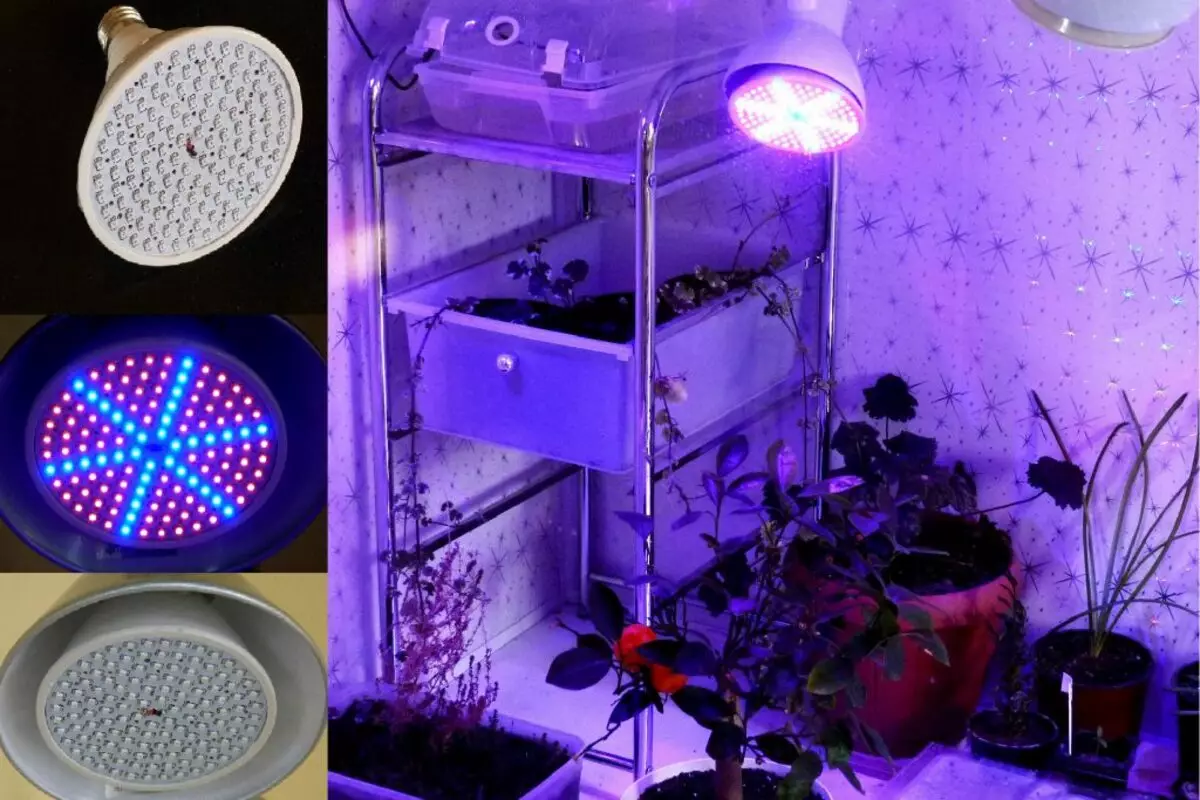
Such illumination of indoor plants is not suitable for each flower. Each individual plant has its own characteristics and uniquely according to the preferences of the spectrum. This means that completely replacing the characteristics of daylight will not work. But a few light bulbs in the morning and calling the clock in winter will facilitate the life of flowers on the windowsill.
Choosing a lighting device
The most preferred option is special phytolamba. They have an optimal light temperature for most plants. This lamp generates photons not wide, but in a narrower range, which is particularly favorably for the photosynthesis process. The product produces light blue and red - blue stimulates growth, and red will bring the period of flowering and ripening the fetus.
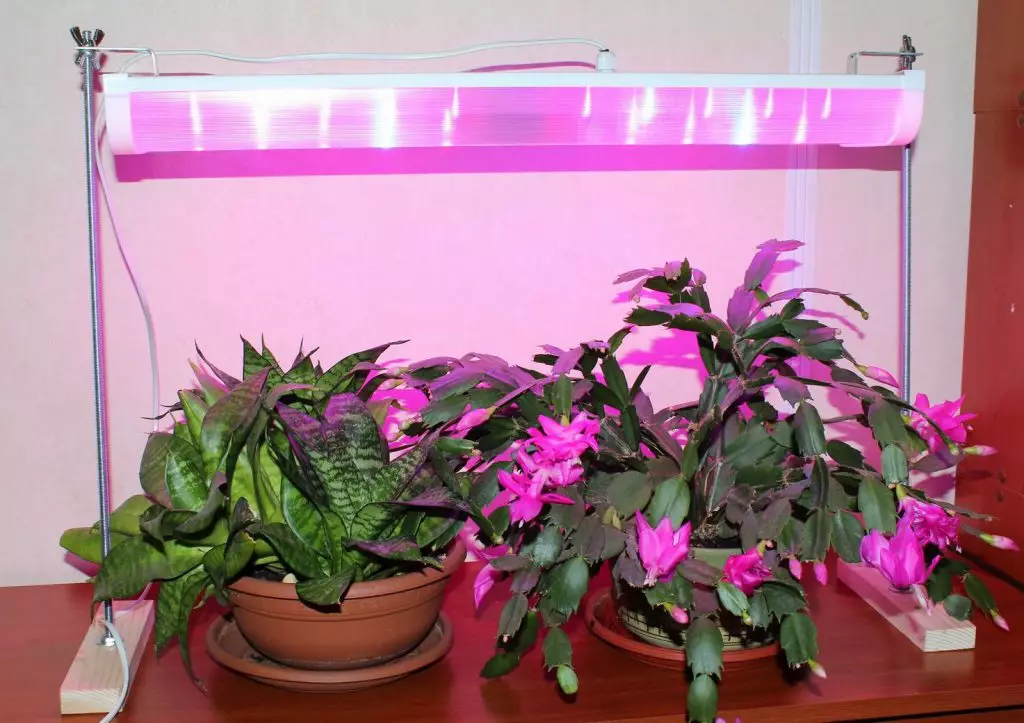
But it is not necessary to buy a finished device. You can make a suitable system with your own hands - it will illuminate the plants as well as the industrial option. Now there are plenty of products that can be used for this.
Placement and installation of light
Plants grow better if the light is installed above them. If the stream is applied to the side, then this can lead to the belling of the stems. The most optimal distance is 15-30 cm from the top of the flower. Also necessarily take into account the size and power of the lamps.
It should be remembered that the luminescent lamps across the edges give greater power than in the central part. Plants loving light are put directly under the luminaire.
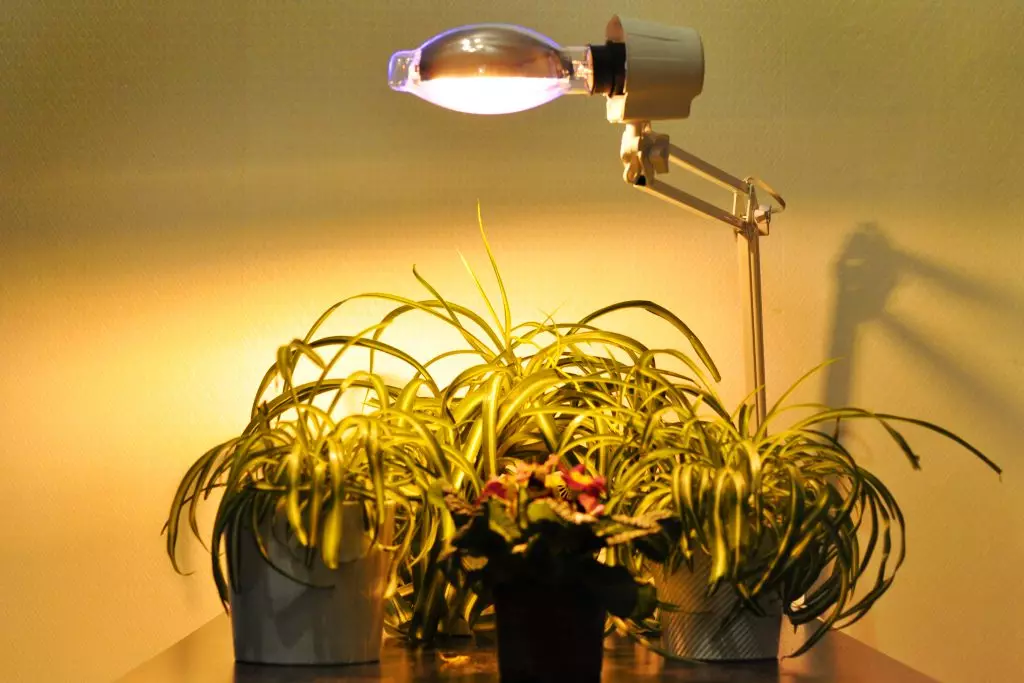
The most convenient will be such a fastening of lighting, which can be moved. In this case, the device can be used in different situations - the light intensity easily changes, depending on the needs of the plant.
There is a simple rule: the more distance from the plant to the lamp, the less the intensity of the light. So, if the distance to exceed twice, the power will decrease in four. But high intensity is also nothing. Sometimes, if the light is very close, then characteristic traces of burns will be visible on the leaves. If the stems are stretched, the lamp is installed too far.
Article on the topic: Organization of lighting in stretch ceilings: Installation and ideas for different rooms | +70 photo
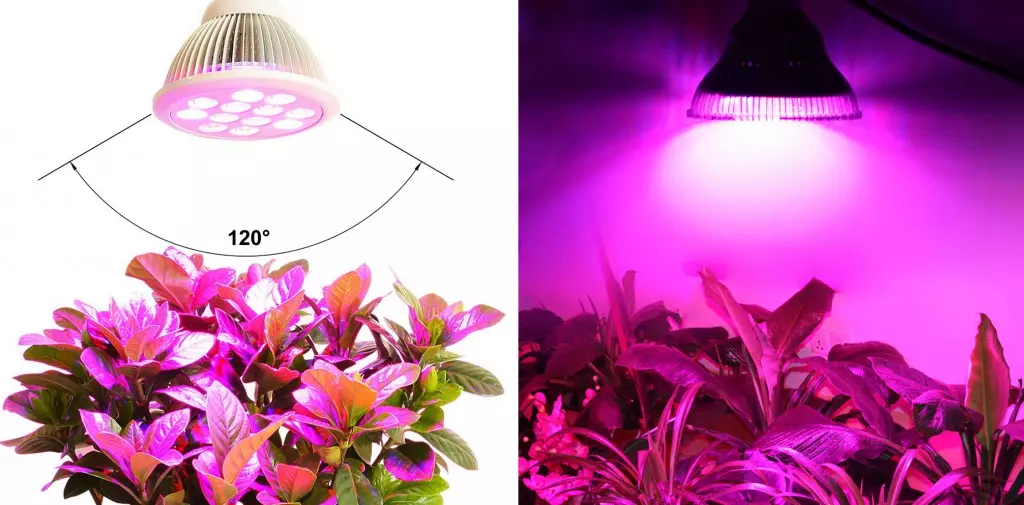
With the help of modern equipment, you can make a backlight for colors on the window in the apartment with your own hands. To do this, try to choose plants so that they have about the same height. Then buy affordable lamps. After that, there are pots or boxes. Behind the tanks on the windows, either a mirror or foil is necessary to reflect light. Next, the devices are installed on both sides on the windowsill. After that, you can connect the device to the network.
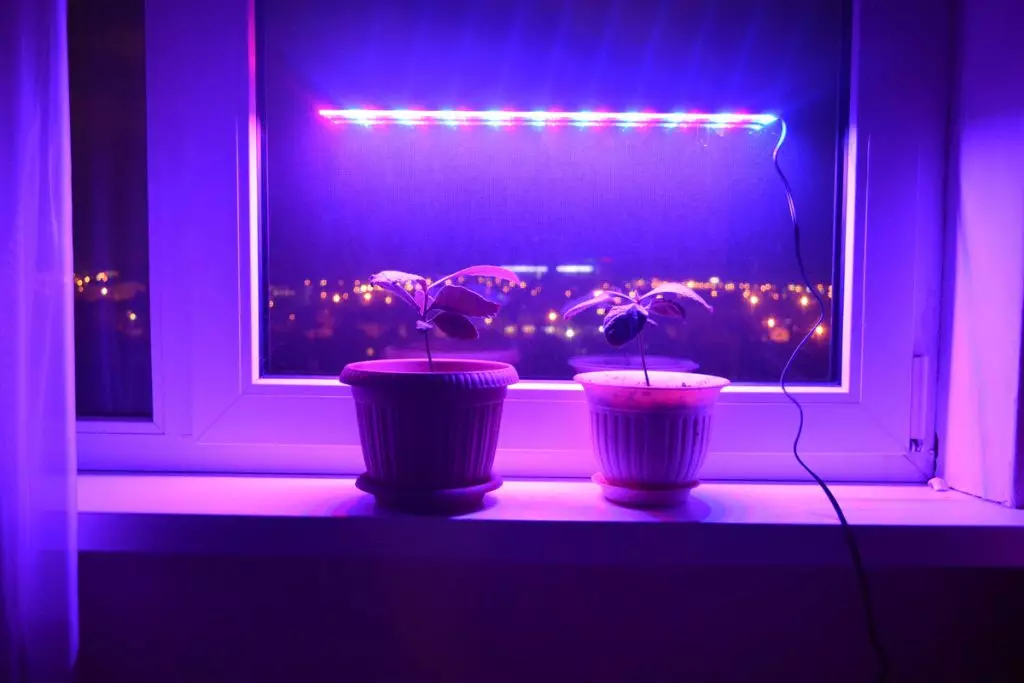
On video: how to make a LED phytolampus for flowers with their own hands.
Varieties of lamps
To ensure normal lighting or completely highlight the room plant in the apartment, use several types of light bulbs. These are traditional incandescent lamps, halogen, LED lamps, lamps, LED tape. Consider their characteristics and features.Incandescent lamp
This is the most common type with which everyone is familiar - there are such lamps or were in every apartment. Due to electrical energy, a tungsten spiral is split, which is in a glass container. The instrument is screwed into the cartridge, and special equipment is not required to connect.
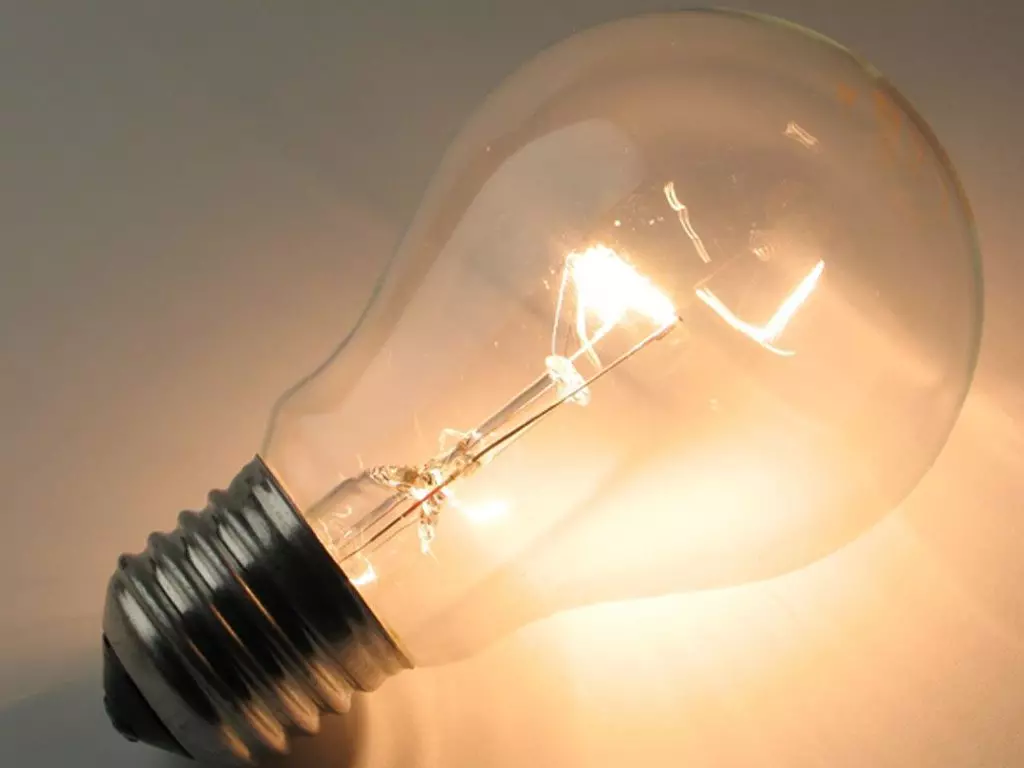
The disadvantage is the fact that there is no blue color in the spectrum. The light output is very low and is 17-25 lm / W. This is not the best choice for plants lighting at home. The lamp is greatly heated and if it is installed above the colors even at a height of 1 m, it can lead to burns. If you raise the lamp more than 1 meter, the lighting efficiency will tend to zero.
Luminescent
The fluorescent lamp is a flask, on each side of which electrodes have. They are connected by tungsten spiral. Inside the tube there are inert gases or mercury pairs. A special layer is applied to the inner surface of the flask - phosphor.
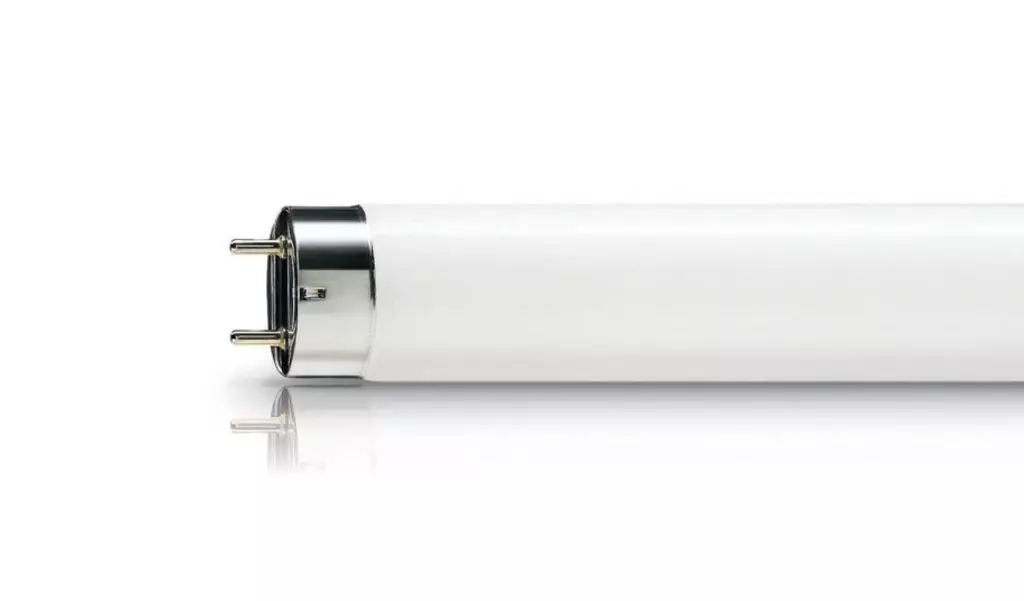
Three types of such lamps can be distinguished:
- general products;
- special purpose;
- Compact models.
General purpose model has good characteristics - this is a high light output, low heat emission, long service life. In crop production, they are used to organize the shower of indoor plants when the duration of the light day is short. But the main thing in these lamps is a very limited spectrum. Apply paws for permanent lighting is not recommended.
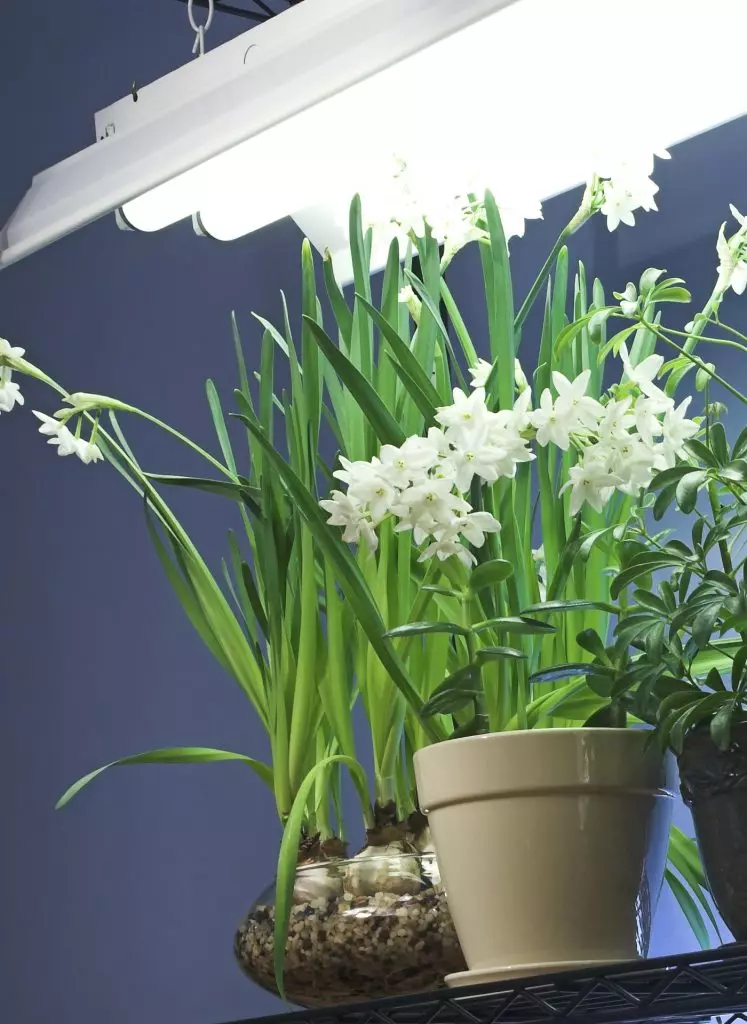
Fluorescent special-purpose lamps are distinguished by the presence of a luminofore layer. Due to this improvement, the spectrum of the lamp is very similar to the one needed for plants. This lamp can be selected in cases when it is required to provide a complete backlight, periodic shower. Also, these lamps are often chosen to organize their own decorative backlight.
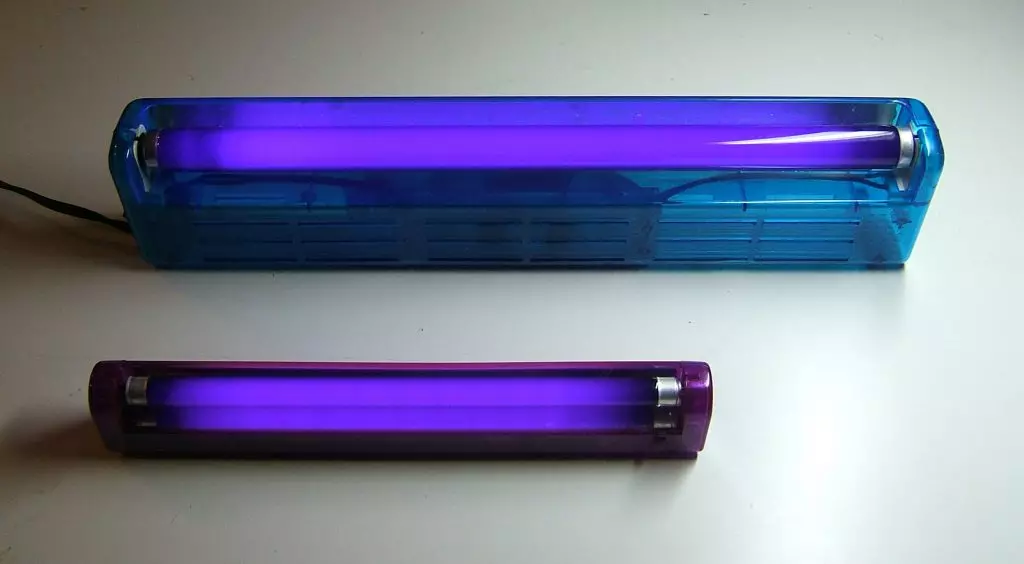
The disadvantages include the overestimated cost and electronic ballast installation, without which to connect the device to the network will not work. The lamp can give the right light, but it is recommended only when there are no other power devices in 200-300 W.
Gas discharge
These products are able to generate the brightest light. There are several types of these lamps, you can allocate mercury, sodium, metal halide. Mercury models are the very first. There is no special spraying on the inside of the flasks, the light-prospectors coefficient is very low. They emit an unpleasant and for human eyes, and for green friends light with a bluish tint.
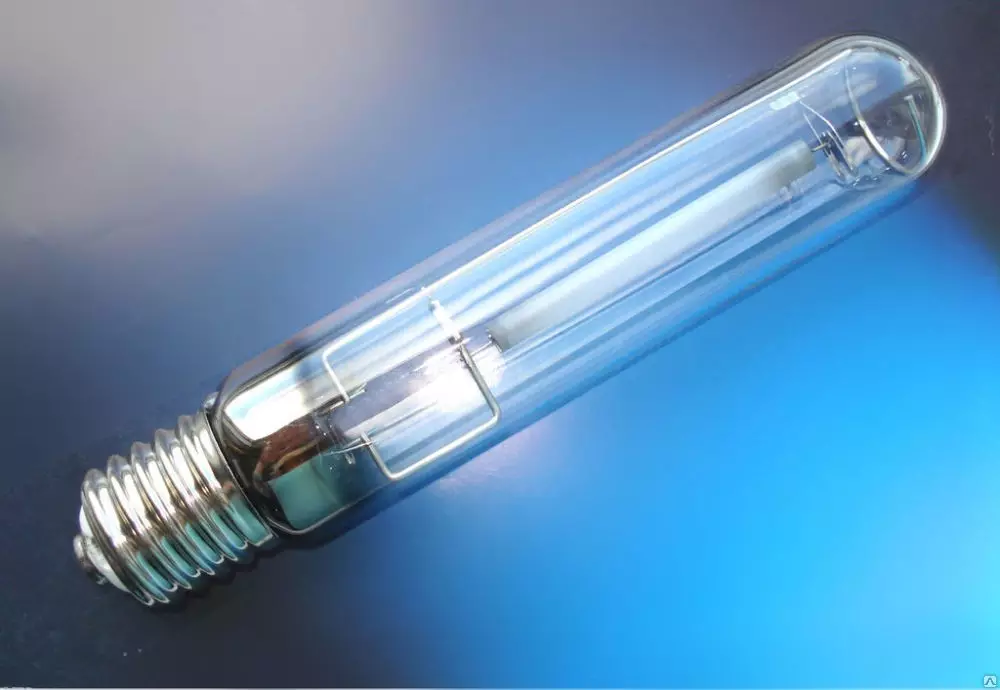
Replaced updated models with improved spectral characteristics. They became one of the options for lighting greenhouses and greenhouses. But the problem with the heat transfer has not yet been solved.
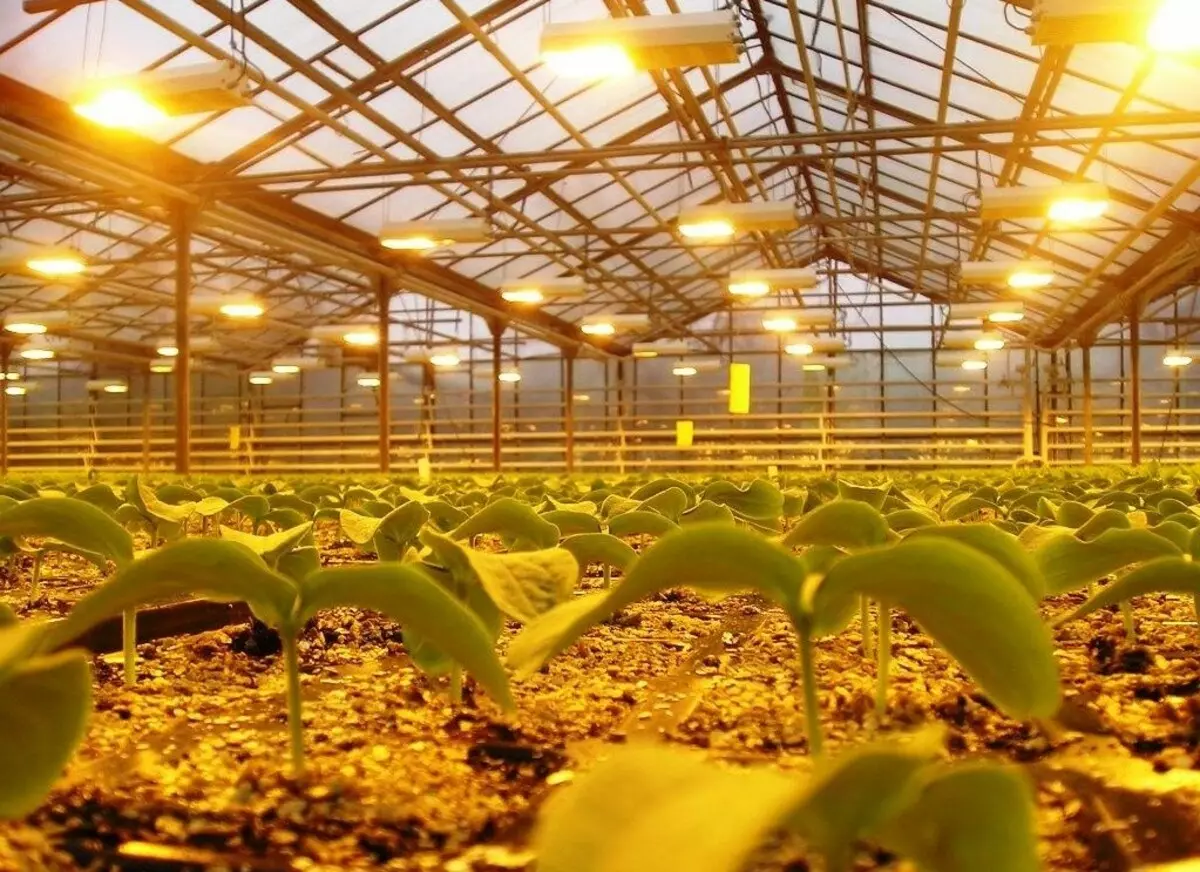
Sodium models have greater brightness, these are effective models with high light output and high resource. The spectrum is located in the Red Zone. Two lamps can illuminate a huge platform in the winter garden or a large collection of plants. To ensure the balance in the spectrum it is recommended to alternate mercury and halogen models. Green plants will be satisfied.
Article on the topic: Chandeliers in the interior of different style: assistance in choosing (+130 photos)
Metal halide light bulbs are the most advanced devices for lighting home plants, as well as greenhouses and greenhouses. They differ in the following characteristics:
- high power;
- high operational resource;
- Optimal spectral balance.
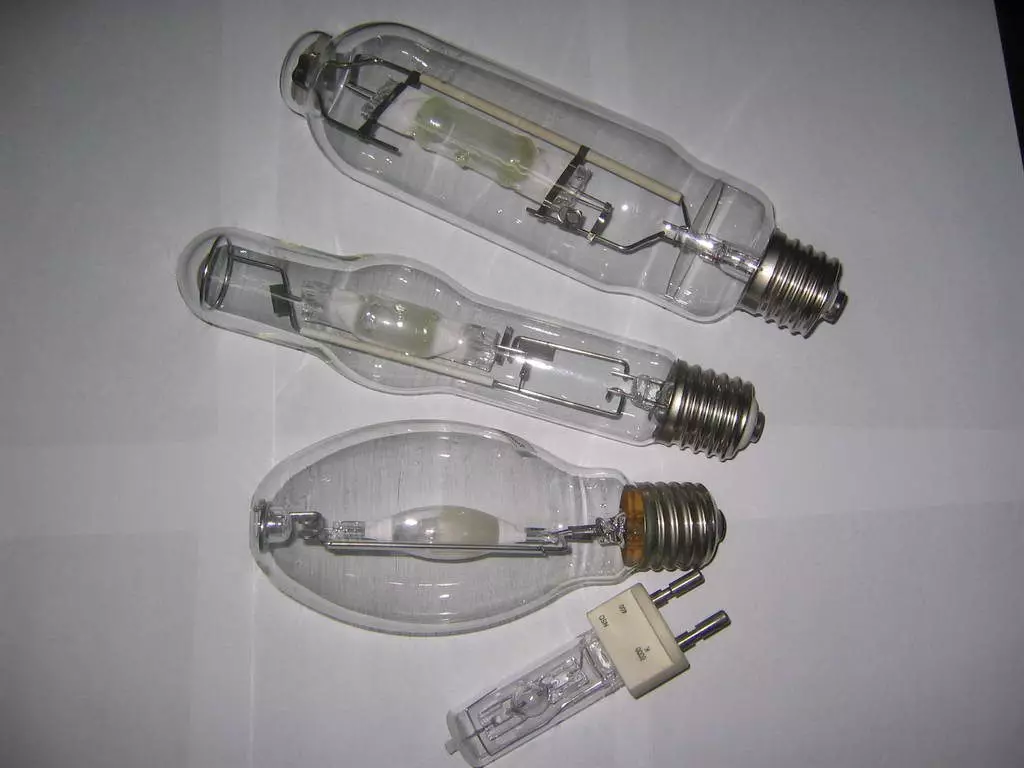
To operate in the house there will be needed to purchase a special cartridge. There is also one big drawback of such lamps - this is the cost. It is significantly higher prices for the main analogues.
Flower lighting in winter
In the cold, the period of time for highlighting is extended. In winter, the choice of the lighting device is suitable not only on the basis of the desired illumination, but also taking into account the temperature features. Some plants bloom at some temperatures, others with completely others. Plants loving heat can live in winter at a very low amount of heat and light. The rest of the colors are important. They are illuminated for 12 hours - in the morning and evening, as they get less solar lighting.Key Features
The flower itself has a lot of importance in organizing the backlight. We must find all the information about it and only after that you can pick up what is suitable for him. Any flower has its own specific features that are necessarily taken into account. The main work is related to ensuring the lack of sunlight.
We need to know exactly seasonal norms. This will determine the effectiveness of light. Proper backlight will stimulate growth and it will be visible.
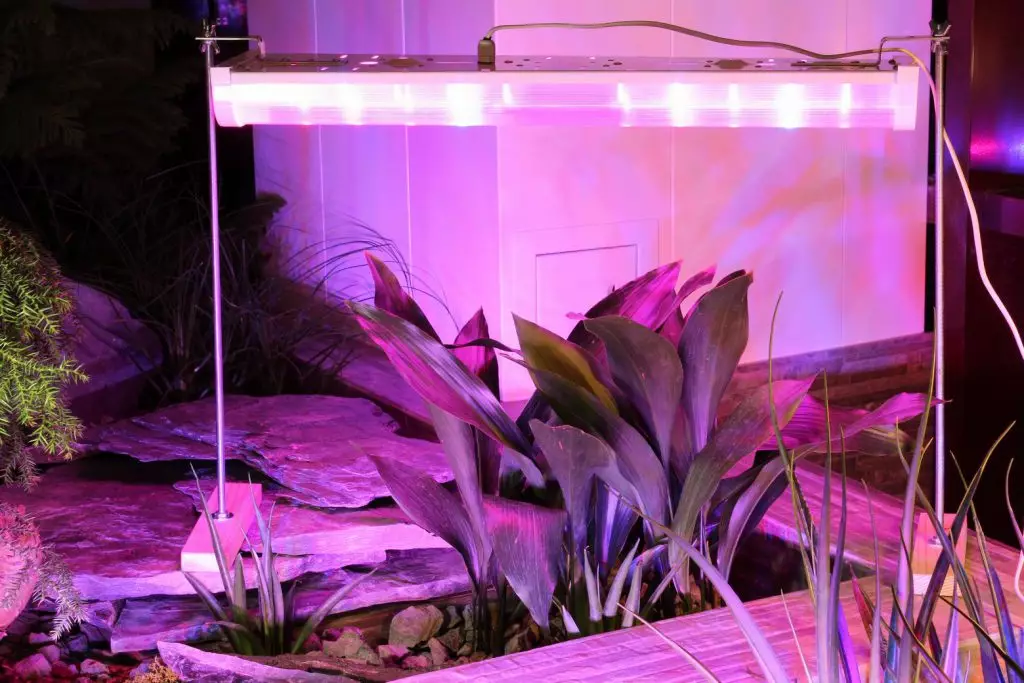
Backlight for orchids in winter time
For orchids, it is necessary to create a special climate, as these flowers grow in exotic countries. There warmly and sunny. The optimal illumination indicator for these colors is the level of 10,000 to 30,000 LCs. Some types of orchids may need 15,000 LCs.
As light bulbs do not use the usual solutions. Better to buy phytolampu. This will avoid burns of the upper and lower leaves.
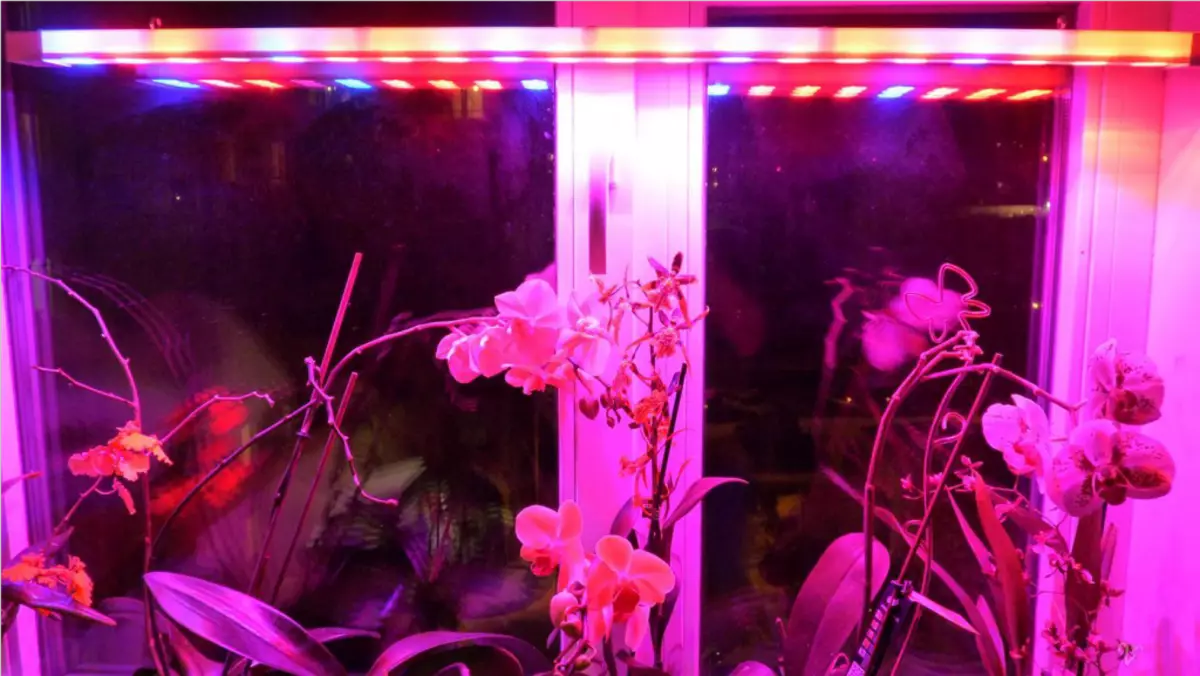
The most important condition for illumination of orchids - the lamp should not be warm. Ideally, if at a distance of 10 cm from the plant, the hand will not feel warm. The distance from the lamp to the flower should be from 10 to 50 cm. It depends on the power of the lamp. So, for 10 cm, the device is put on the device, outstanding 7000 LCs. For a distance of 10 cm, 5,200 LCs are needed. For 50 cm you will need 1700 LCs. The backlight duration is an average of 12 hours.
Illuminated LED ribbon
This option is the most optimal. Ribbon is easy to fasten anywhere, and its light is very suitable for plants. The ribbon is cut off with scissors and glued onto a suitable surface. The spectrum of LEDs leads to the accelerated growth of plants. Take a look at the photo - this is a LED backlight.
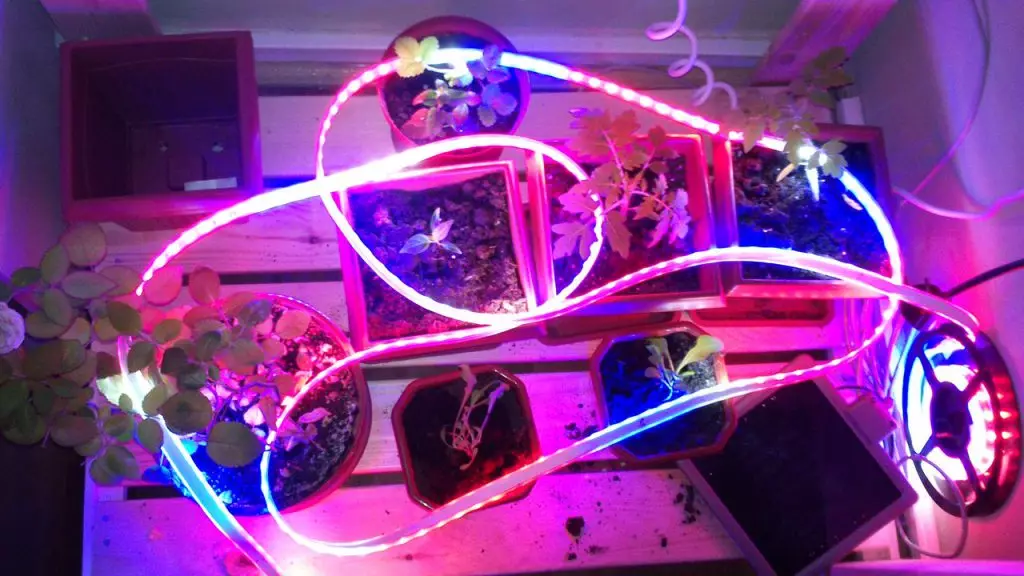
From the article you can also learn interesting and useful data. In the comment, you can write, as which is organized by such a backlight, you can attach a photo. It will be useful to many.
How to choose a lamp for plants (2 video)
Different lamps and backlight options (40 photos)
